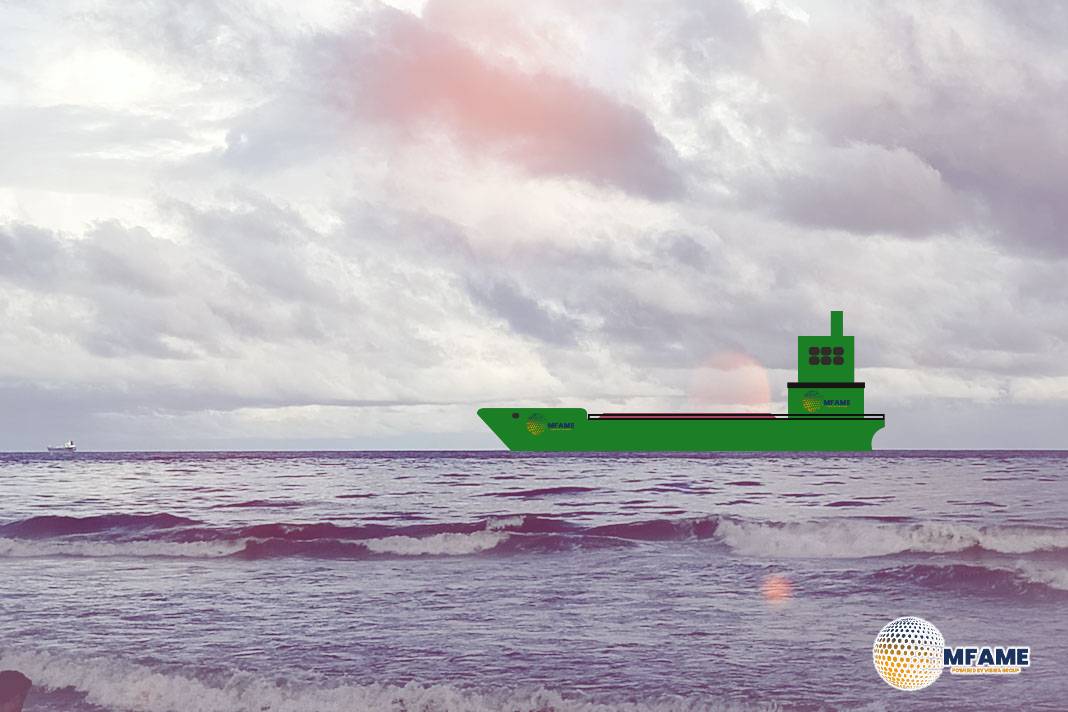- E-fuel producers urge IMO to adopt a stronger Net-Zero Framework that prioritizes scalable zero-emission fuels.
- Call for an e-fuel multiplier to incentivize early adoption and reduce investment risk.
- Current draft lacks clarity, risking delays in green fuel deployment and overreliance on transitional fuels.
More than 20 leading green fuel producers have appealed to IMO delegates at the current extraordinary session in London to adopt the Net‑Zero Framework (NZF) in a way that sends bold, unambiguous signals for e‑fuel investment. They warn that the current draft framework lacks incentives strong enough to support scalable zero‑emission e‑fuels, reports Transport Environment.
Risk of Locking into Transitional Fuels
The signatories argue that without prioritizing e‑fuels, the IMO framework may incentivize “pay‑to‑pollute” practices, or favor transitional fuels like LNG, first‑gen biofuels, and blue fuels. Such a path, they suggest, could delay deployment of long‑term, deep emissions reductions.
To boost early uptake, the group recommends introducing an e‑fuel multiplier in the NZF Guidelines. This would non‑monetarily weight certified e‑fuels more heavily in GHG compliance calculations—effectively giving them extra “credit” during the ramp‑up phase. The multiplier would act as a temporary accelerator to reduce risk for first movers.
Demand Certainty Key to Project Viability
The producers highlight that while global plans call for around 73 Mt/year of green hydrogen by 2030, only 13% of that is backed by firm offtake agreements. Without stronger regulatory signals, many e‑fuel projects may never clear final investment decisions (FIDs).
The letter emphasizes that they represent projects across Africa, Europe, the Americas, South Asia, and Oceania. In their view, the NZF session (October 14–17, 2025) is a “once‑in‑a‑generation opportunity” for IMO to lock in the energy transition momentum, rather than risk locking in suboptimal fuel pathways.
Did you subscribe to our daily Newsletter?
It’s Free Click here to Subscribe!
Source: Transport Environment















![[Watch] Crazy Power Needed to Move World’s Largest Containerships](https://mfame.guru/wp-content/uploads/2023/11/mfame-tanker-100x70.jpg)

